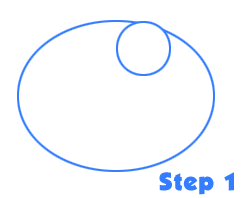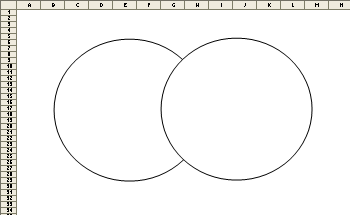Some horn questions I can't find answers to.
71.130.238.134 |
||
| Posted on August 12, 2009 at 13:38:52 | ||
|
Posts: 25269
Location: Northern Californistan Joined: October 15, 2005 Contributor Since: August 5, 2012 |
Hi, I'm trying to learn more about horn 'function' and can't find some things. Hoping for any learning y'all might be able to provide! 1) With a horn, what would happen to the function/performance of a horn if a 'wedge' were removed; think like taking a piece out of a pie. Is there data to show what would happen or an algorhythm for how performance would change? Would it create comb filter effects? The reason I ask is... 2) Has anyone ever seen 'overlapping horns' used in speakers. I.e. placing a smaller (tweeter) horn within the larger flared area of a lower frequency horn? 3) Has anyone seen overlapping horns where the flares of one horn are superceded by the flare of another horn? Visually, think taking two horns and 'pushing them closer together.' 4) Any data on a complex shape that might be 'invented' for areas of horn overlap in order to more closely intergate drivers? Thanks for any input. Apologies for my lack of precision describing this - some images that might help explain:
|
|




